There are some villages with the ability to convey to visitors an intangible sense of magic, something so profound that it is difficult to explain and understand without experiencing it firsthand. And some of these places, right by reason of their own magic carved on culture over centuries made of history and ancient traditions, such as the artistic stonecraft, remind us that the 'land that doesn’t exist’, it really exists instead: today we’re taking you to Oratino, a charming village nestled in the rural landscape of Molise.
Discover with us the history and beauty of Oratino and the soul of a territory like Molise, an ancient world to discover that bravely faces the contemporary age by leveraging its history, its culture and the deep bond with its natural landscape surrounded by the Apennines. A real geographical and cultural crossroads between Central and Southern Italy: let's find out together what to see in Oratino and its surroundings and discover our itineraries to travel on the road to this hidden gem in Molise starting from Naples and Rome!

Oratino in Molise: the stone-carved history of a village
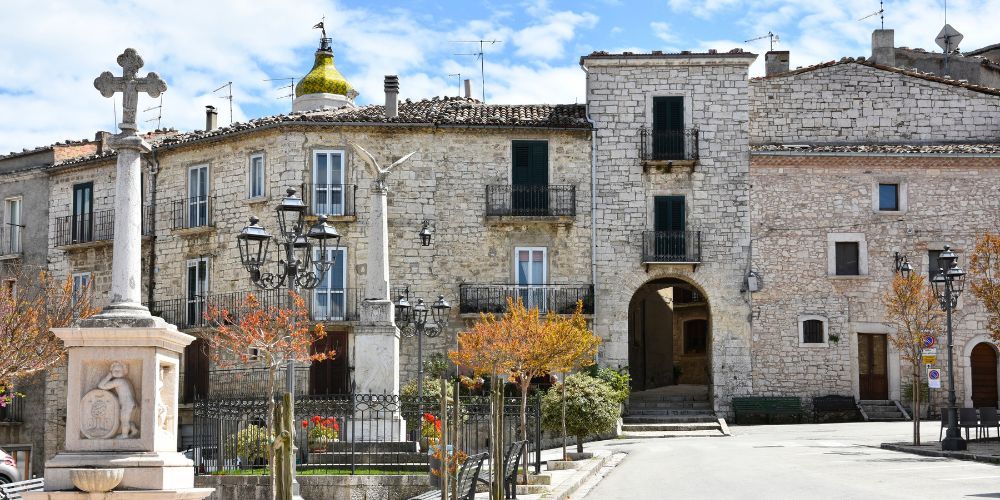
Oratino stands alone on a hill North-West of Campobasso with a panoramic view of the Biferno valley and the Morge Park, a region with a bucolic atmosphere that seems suspended in a space and time still undefined. Indeed, the village today is still an important stage of ancient pastoral customs in Molise related to the transhumance of cattle along the tratturi (grass paths across the fields), but its rich history finds its main expression especially in the art of stonecraft. It’s enough to just look around and admire buildings, monuments and street decorations, strictly made of stone, to realize the great value of this ancient art for the local people.
Stonecraft in Oratino is an activity that has supported generations of stonemasons, masters and craftsmen expert in this ancient profession which has contributed to shaping the local aesthetics and architecture and characterizes the ancient history of the village, especially from the succession of several families lordship since the Middle Age. In fact, for centuries stone has been the main raw material for the construction of buildings and monuments, masterpieces that nowadays are still visible wandering through the streets of the village, combining functionality and beauty as evidence of these so skilled craftsmen's talent: hey, did you know that the stonemasons of Oratino seem to have worked even for the paving of Budapest?
Even if modernity has introduced new construction techniques that have completely clouded the practical relevance of stonecraft, in Oratino this art is still enhanced by the individual work of local craftsmen. Looking for an advice? Visit their workshops, it's absolutely the best way to get in touch with this amazing tradition lasting for millenniums and even longer, appreciate its cultural and artistic impact and preserve its beauty to continue telling a wonderful stone-carved history!
What to see in Oratino: the Rocca, the Church of Santa Maria Assunta and Palazzo Giordano
Finally it’s time to take a walk in Oratino and discover the beauties of this hidden gem in Molise. Let's go! Along our journey through its stone-paved streets decorated with plants, flowers and tiny works of art, with no other way than losing ourselves in the marvel of the artistic stonework pretty visible in every corner, we will focus on three must-visit attractions for the historical heritage of this fascinating village: the Rocca (the Stronghold), the Church of Santa Maria Assunta and Palazzo Giordano (Giordano Palace).
The Rocca di Oratino (Stronghold of Oratino), also known as the rocca normanna (Norman stronghold), is an towering medieval structure originally part of a castle located to guard the Biferno river, just North of the town. Obviously built with local stone, this tower has brilliantly won the challenge of time as the passing of centuries didn’t negatively impact on its beauty and aesthetic charm, still offering nowadays an awesome view on the bucolic landscape of Molise, capable of attracting tourists looking of unique stories and landscapes. If you are looking for a place to take breathtaking photographs or videos to surprise your friends and followers on social media, or simply to keep the best memories of your trip to the "land that does not exist", the Rocca di Oratino is the perfect location!
The Church of Santa Maria Assunta in Oratino is the symbol of the religious devotion of this pretty gem in Molise, as well as a small artistic treasure for visitors to discover. Its external architecture, naturally made of stone with all the mastery of the stonemasons, reflects hybrid stylistic influences between the Middle Ages and the Renaissance, while its interior saves elements of great beauty, such as frescoes and works of art that tell sacred stories and celebrate the faith of the village’s community: the most majestic one is certainly the Assumption fresco, painted by Ciriaco Brunetti in 1791, you can admire it here.
The last must-visit attraction to visit in Oratino is Palazzo Giordano (Giordano Palace), located in the splendid square of the same name (pictured in this article’s cover!), another great little architectural jewel made possible by the excellent work of local masters specialized in stonecraft. Palazzo Giordano today is a symbol of the town that bears witness to the elegance and greatness of the ancient noble residences, as well as a fascinating cultural landmark helping tell the heritage of Oratino and the stone-carved history of a beautiful glimpse of Molise.
Discover Molise, the crossroads between Central and Southern Italy
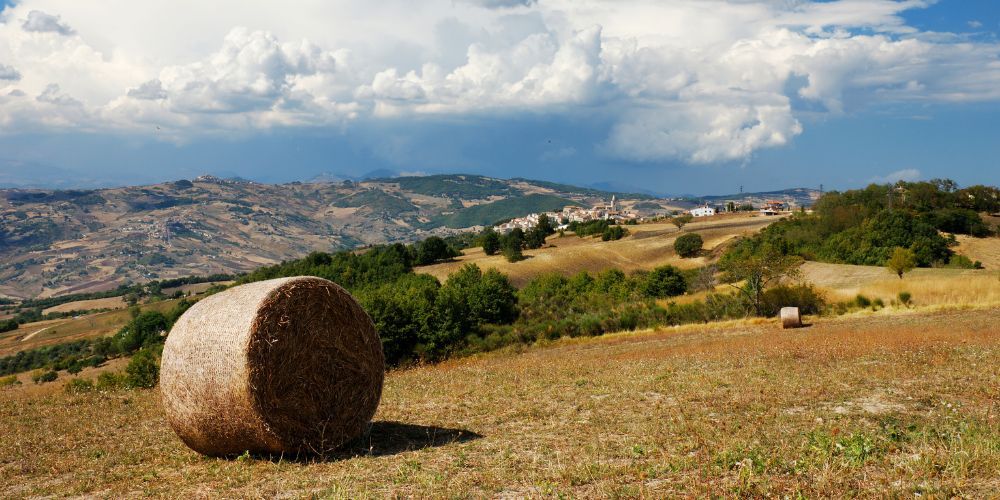
Stories of enchanting and authentic villages like Oratino teach us that sometimes the most famous sayings are not really right: exactly, Molise does exist for real and lives through the uniqueness of its people in a steady union between territory, traditions and cultures, making this region a real crossroads between Central and Southern Italy.
In fact, its geographical position right in the center of the Southern part of the Italian peninsula makes it an ideal land of passage, but perhaps also and above all a land where to stop and take a break for a while rediscovering the purity of a piece of Italy still firmly tied to the its roots and capable of leaving its mark. And Oratino is only an example of the beauties to discover in Molise. Any other suggestions? Here are three perfect ideas for your tour to the villages of the 'land that doesn't exist': Agnone with its marvelous bells, Larino with its rich heap of over one thousand years history from the Roman and Medieval eras, and Civitacampomarano with its street art aiming to enhance the territory by combining the past with the contemporary age.
Do you want to find out how to reach Molise starting from Naples and Rome to visit Oratino and the other beautiful villages of this region? Pay attention, we’re going to discuss that in detail in the next paragraphs with a couple of surprises for you!
How to get to Oratino from Naples: check out itineraries
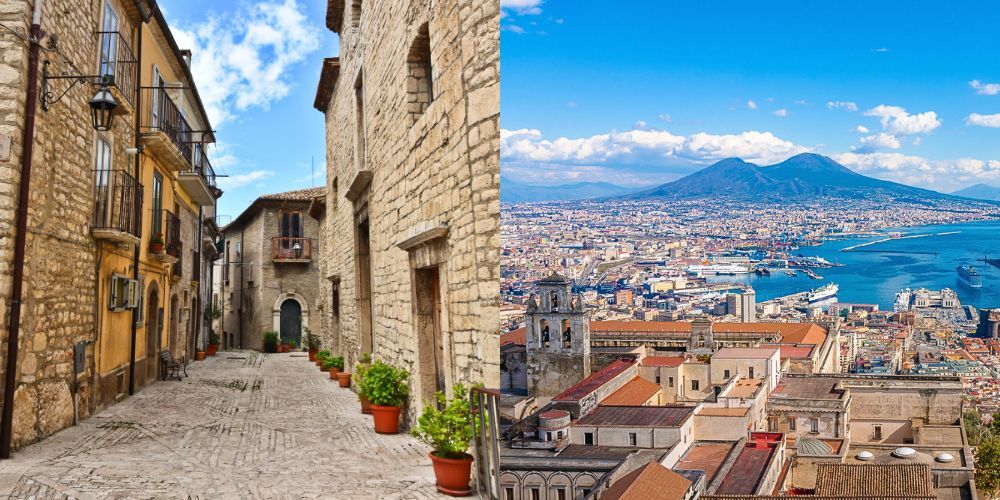
The first of the two big cities closest to Oratino is Naples. Starting from the capital of Campania, it is possible to easily reach the stonecraft village in Molise by car following an itinerary about 138km long and lasting about 2 hours: a good idea for a trip out of town to enrich your travel experience in Southern Italy to discover places, landscapes and stories that are going to make you in awe. The journey begins in the shadow of Vesuvius by taking the A1 highway (Autostrada del Sole or Sunlight Highway) up to Caserta, then continues on the SP335 towards Maddaloni up to Torello Rosario; it goes on to the SP110 and SS372, near the Taburno Camposauro Regional Park, then takes the SS87 and following the SS17 up to Campobasso. Once here, just proceed on the SS711 and follow the signs for Oratino.
An alternative itinerary, of similar length and duration, starts instead from the A16 highway (Autostrada dei Due Mari or Highway of Two Seas), following it all the way from Naples to the exit for Benevento, passing through Avellino in the middle; once in Benevento, continue first on the SS372, then successively on the SS87 and SS17 for Campobasso, where you will proceed following the signs for Oratino.
Hey, any advice for your trip to Naples? Check out our suggestions to visit it like a local and discover all the advantages of our Naples Pass to explore and enjoy the best attractions in the area: click the button below!
Book Naples Pass, your key to discover NaplesHow to get to Oratino from Rome: check out itineraries
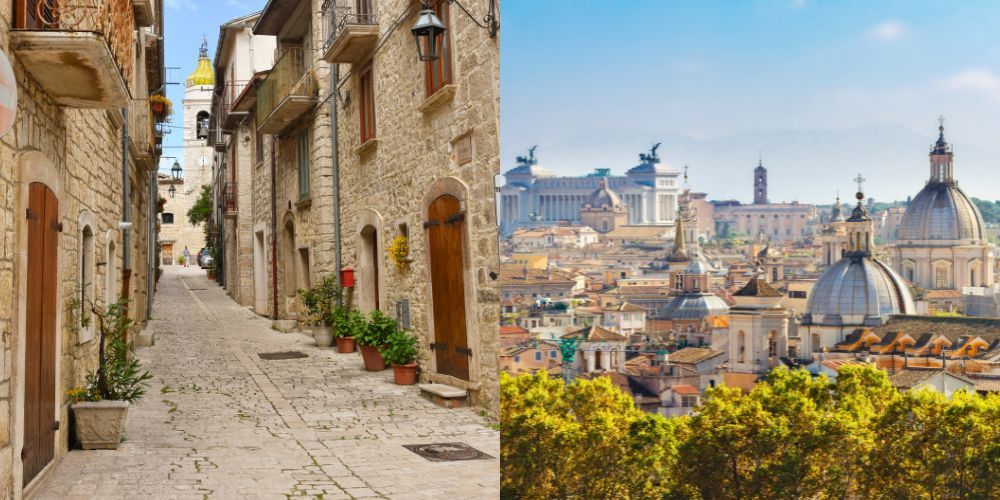
The second of the two big cities closest to Oratino is Rome. Starting from the Italian capital, this village in Molise can be reached by car following an intuitive itinerary that allows you to reach your destination in less than 3 hours driving for about 230km. How? Simple! Just take the A1 highway, starting from the eastern area of Rome near Tivoli, and continue South through the whole Lazio region: a fascinating and relaxing driving experience with a view of the pleasant landscape over the Roman hills, over Parco dei Castelli Romani and Ciociaria. On the border with Campania and Molise, leave the highway taking the San Vittore exit and proceed towards the SS6 for Venafro - another beautiful village in Molise - and then the SS85 for Isernia; at this point, drive to the SS17 for Bojano and finally the SS647 and SP41 up to Oratino, which can be reached from the astonishing panorama of the Rocca. This travel itinerary is ideal for those who want to explore a vast and beautiful borderland on the road, a crossroads between Central and Southern Italy, looking for breathtaking views to photograph - or simply to admire from the car window while daydreaming in front of our beauties!
Hey, any advice for your trip to Rome? Take a look at our suggestions to visit it like a local and discover all the advantages of our Visit Rome Pass to explore and enjoy the best attractions in the area: click the button below!
Book Visit Rome Pass and discover the most beautiful attractions in RomeAbout the author
Written on 25/08/2023



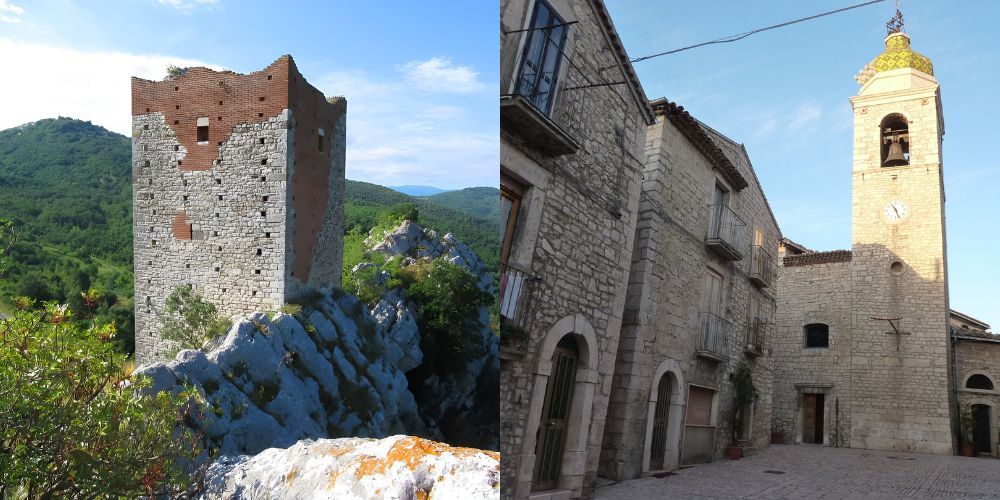
Massimiliano Antonio Primi
Discover Oratino, the village of stonecraft nestled in the rural landscape of Molise, a ‘land that doesn’t exist’ between Central and Southern Italy.